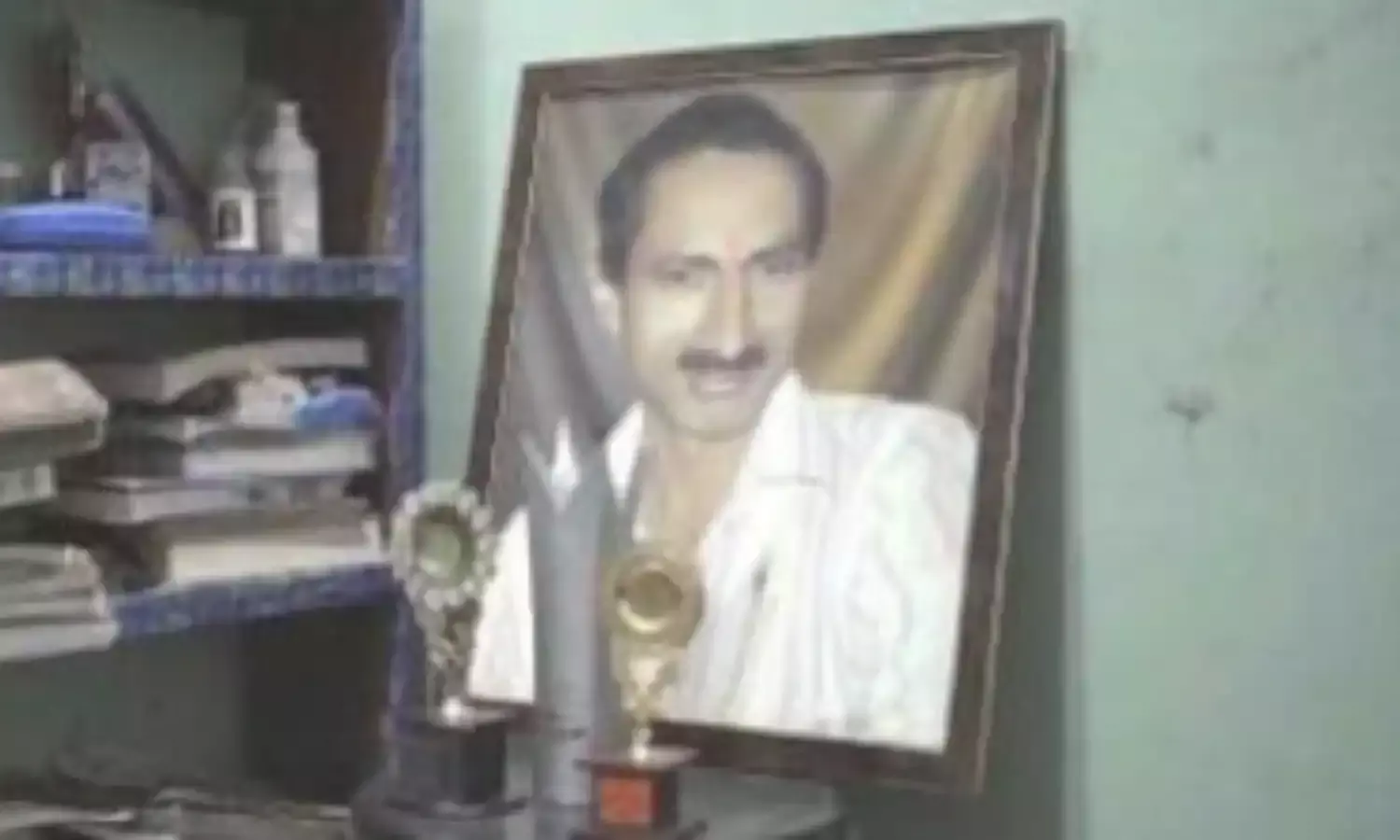Journalists Killed for Exposing the Illegal Sand Mining Nexus
Inexhaustible construction has made India a breeding ground of illegal sand mining

NEW DELHI: The United Nations Environment Programme released the report ‘Sand and Sustainability: Finding new solutions for environmental governance of global sand resources’ last month. It shows how illegal sand mining is a growing environmental problem in China and India. In it the Awaaz Foundation, an environment advocacy group based in Mumbai, presents case studies of illegal sand mining on India’s western coast.
The National Green Tribunal had imposed a penalty of ₹100 crores on the Andhra Pradesh government for its inability to prevent illegal sand mining. A committee of members from the Ministry of Environment, Forest and Climate Change, the National Institute of Mines in Dhanbad, the Central Pollution Control Board and the Madras School of Economics, was constituted for further scrutiny.
An inexhaustible demand for construction has made India a breeding ground of illicit sand mining activities. Violent censorship and a big media blackout are exacerbating the problem.
Illegal mining contractors and sand mafias pose a real threat to environment journalists in India. A nexus with politicians and the police allows black marketeers in various Indian states to exploit millions of tons of sand each year.
Currently, sand mining falls under Section 3(e) of the Mining and Mineral Development (Regulation) Act, 1957. But the illegal sand mining industry in India is thought to fetch $250 million or ₹1,611 crore every year, as a 2018 documentary by the Australian Broadcasting Commission revealed.
This indicates that the Sustainable Sand Mining Management Guidelines issued by the central government in 2016, are being read with a pinch of salt.
Meanwhile, the media blackout regarding illegal sand mining continues.
‘Environmental reporters face a range of threats in India, particularly those who expose activities such as illegal sand mining. At CPJ we have documented a number of cases in recent years of journalists who have been attacked or even killed because of their reporting on sand mining,’ revealed Aliya Iftikhar, Asia Researcher for the Committee to Protect Journalists.
Most of these journalists are either freelancers or hail from rural areas. There is a notable absence of police investigation into the sometimes fatal attacks perpetrated on them.
‘The problem is that those responsible for these attacks against journalists often go unpunished, which perpetuates the cycle of violence and also creates a chilling effect for other journalists to report on these issues’, Iftikhar told The Citizen.
On May 30, journalist Pratap Patra from the Odisha daily Samaja faced a life-threatening attack because of his investigative article on illegal sand mining in the state published on May 8.
Chennai-based journalist Sandhya Ravishankar has faced multiple cases of threat and harassment after she published a four-part expose on the sand mafia for The Wire in 2017. Her investigative pieces against S.Vaikundarajan, thought to be the largest beach sand miner in India, have caused her incessant distress, trolling and accusations of being a paid journalist.
Ravishankar reported that S.Vaikundarajan has not been arrested in spite of 150 civil and 200 criminal cases filed against him.
On August 1 last year, CPJ reported the attack on Neeraj Bali and Sandeep Kumar from News18 Punjabi while they were investigating illegal sand mining near the town of Jalalabad.
Earlier, on March 28, CPJ reported the murder of journalist Sandeep Sharma, 35, from Bhind, Madhya Pradesh after he exposed the alleged nexus between the sand mining mafia and police.
According to the report Sharma had been receiving death threats after publishing two stories on the sand mafia in July-October 2017 for News World India, a local channel. Vikas Purohit, the channel’s chief of bureau, mentioned having written letters to the Inspector-General for protection for Sharma and himself, but received no response.
It was also reported that two Chennai-based journalists were illegally detained by Kanyakumari police on 28-29 November 2018, for helping two French reporters investigate illegal sand mining. Arthur Bouvart and Jules Giraudat were working for the Freedom Voices Network.
Journalist Marion Guégan from Forbidden Stories, a non-profit project launched by the Freedom Voices Network, narrated a story on June 20 regarding the sudden death of Indian journalist Jagendra Singh in 2015.
Singh frequently wrote about the alleged ties of Rammurti Singh Verma, a Samajwadi Party member from Uttar Pradesh, with the sand mafia. Although Singh was attacked and later set on fire, the police termed it a suicide.
Singh’s son filed a police complaint, only to withdraw it later.
Four years would pass before his family revealed that they had been paid ₹30 lakh in cash to withdraw the case.
In 2016, Sandeep Kothari, a freelance investigative journalist for Nayi Duniya was murdered in Madhya Pradesh. His burnt body was found by the tracks near the railway station in Wardha. Kothari had been writing about illegal sand and manganese mining for various newspapers for five years prior.
These blood-curdling reports of murders, attacks and constant intimidation reflect the frightening ramifications of reporting on illegal sand mining in India. These attacks on regional, freelance and women journalists working to expose the criminal activities of the sand mafia have fetched no justice or legal consequence.
‘It’s important for journalists and civil society members to continue reporting and highlighting these issues, and to continue to place pressure on authorities to hold the perpetrators to account,’ Aliya Iftikhar believes.
With a dire lack of data, investigation or checks on illegal sand mining, thousands more such stories of violence remain unsaid, unknown.



